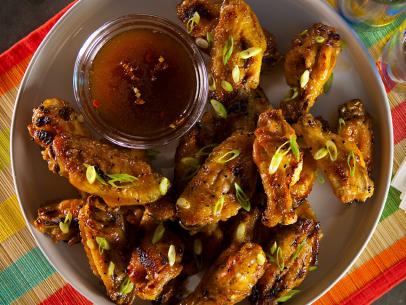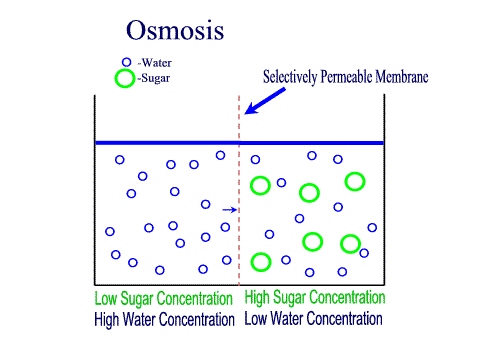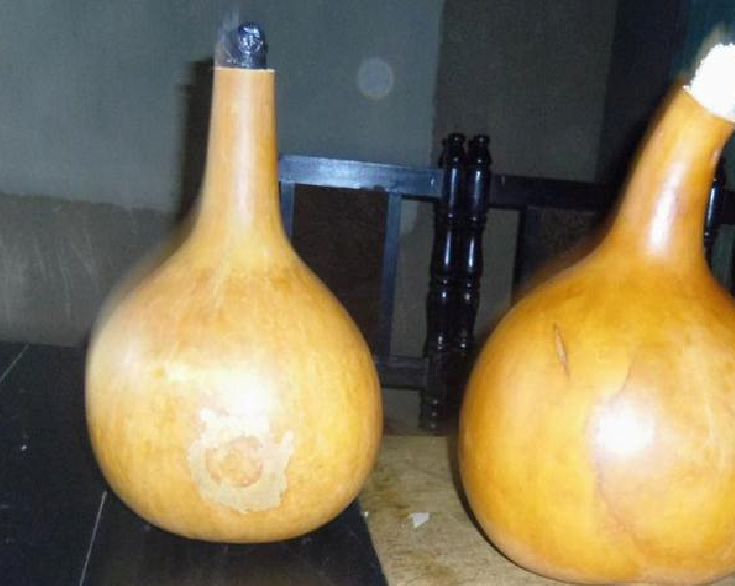Rukuri – A traditional food product from the Gikuyu community in Kenya

What is Rukuri?
Rukuri is a traditional food product that consists of meat preserved in honey. Meat is usually roasted and then dipped in containers containing honey. The honey is traditionally harvested from their hives installed in their gardens as well as in the forest.
How is Rukuri made?
Honey was harvested and stored in wooden containers. When animals were slaughtered, meat was roasted and then dipped in honey. The meat could be stored for some time before consumption or just eaten right away.

How preservation is achieved in rukuri
Honey has very little water in it. Thus, its water activity is usually very low. In addition, the high sugar concentration creates osmotic pressure that ensures th elements such as bacteria that contaminate the honey are dehydrated, through osmosis. Water moves from the inside of the bacterial cell through the cell membrane, via osmosis.
When me is added to the honey, the same thing happens, water moves from the meat where it is in high concentration to the honey where it is in low concentration. This way, the meat will have low moisture and be able to store for long.
As explained by a farmer who has attempted to commercialize the product, the meat used should have low moisture content to avoid over diluting the honey. If over diluted, the honey will not be able to exert sufficient osmotic potential to eliminate microbial activity. This may in most cases result in fermentation which is undesirable.

Shelf-life of rukuri
Although no studies have been published showing the potential shelf life of this product, its clear that this may vary depending on a number of factors:
- Quality of honey – honey from different sokurces may different in terms of concentration of sugars present.
- Water content of meat – if the water content is high, honey becomes diluted and begins to ferment.
- Nature of packaging – packaging that eliminates chances for contamination will achieve longer shelf life.
Potential for commercialization
Mostly rukuri is made in the home for personal and family consumption, but not often found for sale. While rukuri is considered a special food product, fewer and fewer individuals make it today. Defying all odds, a bee keeper in Laikipia County, Kenya has attempted to commercialize and make money from this product. Therefore, it is possible. commercialize and keep this tradition afloat.
Innovation in this area may enable the younger generation to retain and improve this knowledge and develop innovative technologies that will ensure rukuri remains known.
A limited knowledge about this traditional food preservation method among the younger generations means that this typical delicious Kenyan food may soon be lost and forgotten forever.
